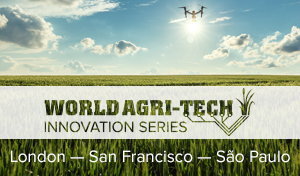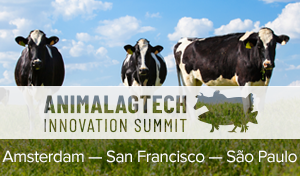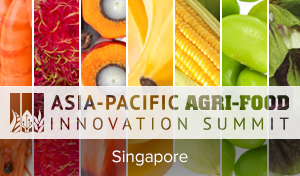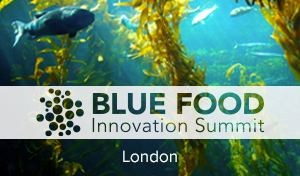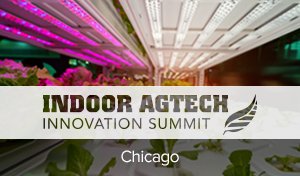Today, while we produce enough calories to feed everyone on Earth, an estimated 350 million people still experience acute levels of food insecurity.
There is a direct and undeniable link between how we produce and process our food, and the health and well-being of our planet and the about eight billion people who inhabit it.
Adding to this, hundreds of millions more suffer from diseases associated with malnutrition and a lack of clean water. These numbers are expected to rise significantly as more intense, destructive, and long-lasting severe weather events and climate change create major food supply chain disruptions. At the same time, current conventional agricultural methods are responsible for 30 percent of global emissions.
Health isn’t just food accessibility and affordability, it’s ingredient and processing choices. Today, the four leading causes of death are directly linked to diet: stroke, diabetes, cancer, and cardiovascular disease. In 2017, one in every five deaths was linked to poor diets. Time for a new mission: saving the planet and saving ourselves
The 21st century requires an expanded food system mission: feeding the world by regenerating human and ecosystem health. We define regenerative food systems as outcome-focused, healthy, inclusive, and adapted to local community and crop needs. A regenerative food system can help restore degraded ecosystems; reduce greenhouse gases and sequester carbon; and keep soil healthy, water clean, and foster biodiversity. A regenerative approach encourages good human health from the selection of chemicals used on farms and by processors, to ingredient choices by food manufacturers.
Through proprietary research and interviews with leading food, health, and supply chain experts, Kearney prepared our Food for thought: financing the food system transition report to explore how this new mission can be delivered. We find that while the transformation costs are high, the costs of inaction to human and ecosystem health are far higher. While consumers and farmers lack the capacity to finance this transformation, government and businesses have the capacity and are well-positioned to benefit from the investment. Directly linking health and food system efforts can unlock crucial market demand for regenerative products.
Who pays today?
Since food is directly linked to health the actual full cost of food has been externalized, absorbed by society at large. In practical terms this means the public and private health sectors pick up the tab for our food-related health crisis. In the public sector, illness triggers increasing taxpayer costs, drains limited fiscal and infrastructure resources, and increases nationalized healthcare and social safety net costs. In the private sector, poor health costs take the form of higher benefit payouts, increasing insurance rates, larger employee contributions to group plans, and loss of productivity.
Put in financial terms, these costs include $4.3 trillion in health and obesity costs, $130 to $850 billion in costs to businesses from lost productivity due to poor nutrition, $3 trillion in economic losses from 4.2 billion people affected by climate disaster events since 2000, $5.11 trillion in welfare losses due to 7 million annual deaths attributed to air pollution, with an additional $16.3 trillion in externalized environmental and socioeconomic losses.
Playing past a stalemate
Turning this around through regenerative food systems requires investment, but today most stakeholders are waiting for someone else to take the lead. Businesses expect consumers to absorb higher prices. Farmers are waiting for investment support from business and governments. Finance providers are waiting for governments to take the lead through policy change. Policymakers avoid making bold commitments without clear support from voters and donors.
Investment capacity is unequally distributed. Practically, consumers and farmers lack the capacity to drive investment at scale. Governments and businesses have the capacity to drive change but are hobbled by short-term incentive structures, and narrow, siloed approaches. But there is hope on both the supply and demand side of the ledger. Let’s start with supply.
Kearney are hosting a roundtable at Future Food-Tech San Francisco this March 21-22, titled ‘Are Your Ingredient Stacks Fit For The Future?’. Read Kearney’s full report here, and join them at the summit to meet the team & continue the conversation.

 CLOSE
CLOSE
